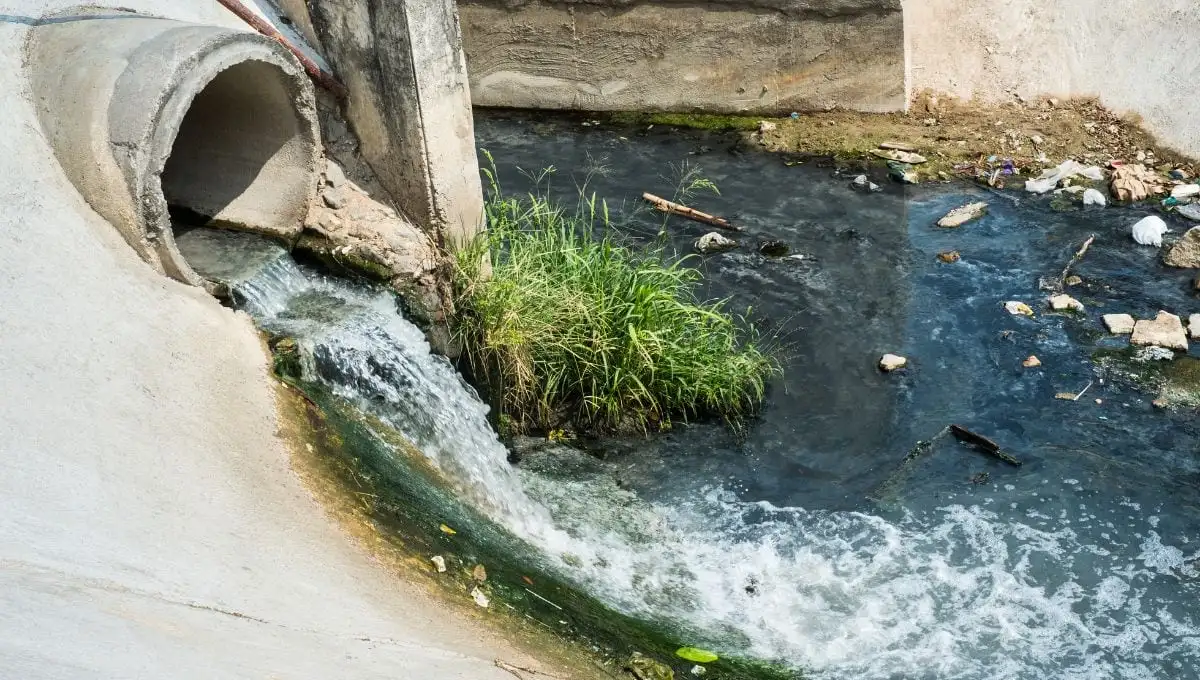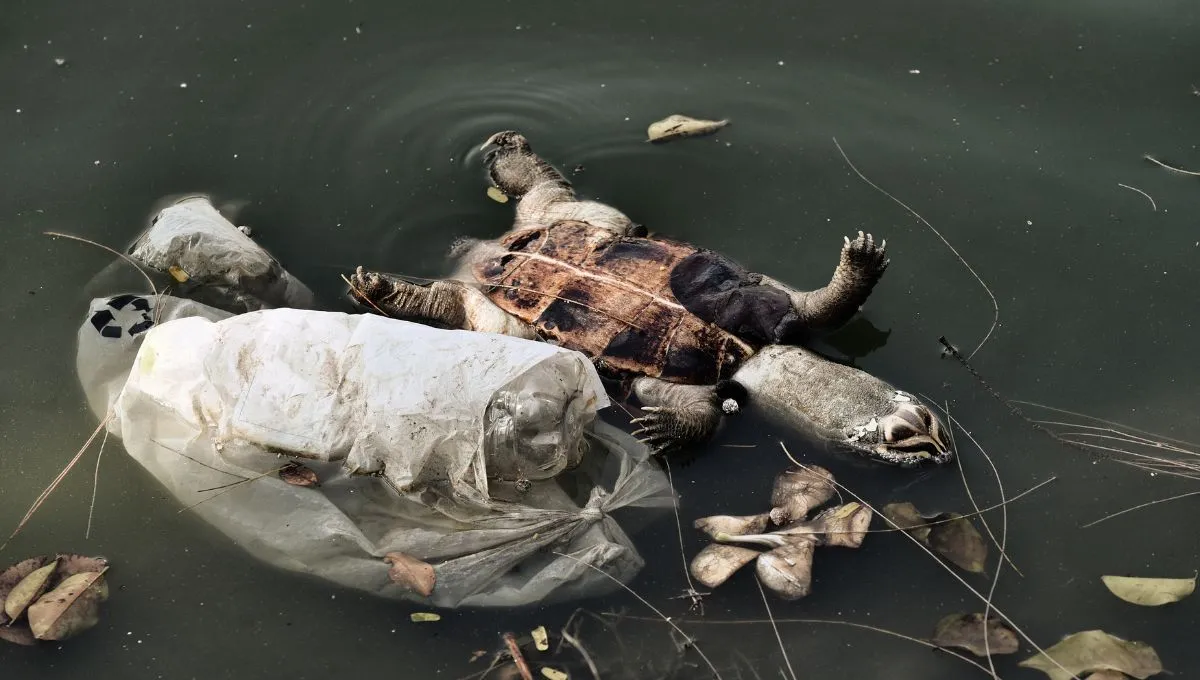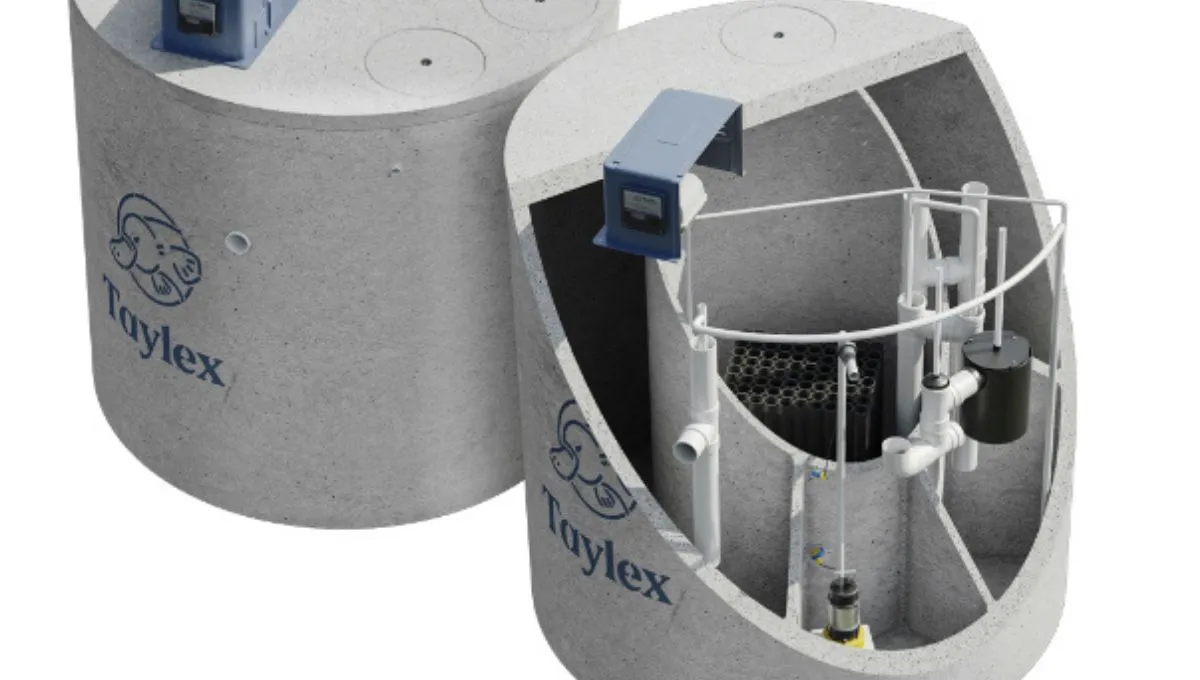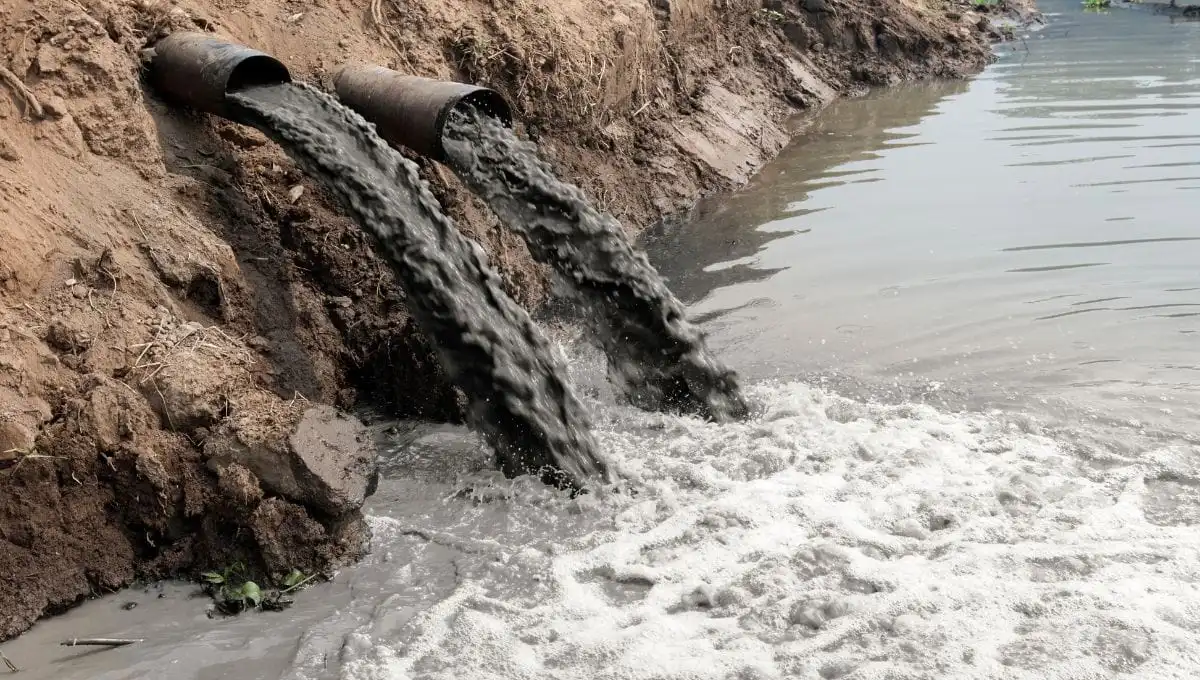
Every time you flush, shower, or wash dishes, water disappears down the drain. But have you ever wondered where it goes? That water is wastewater and is critical for our environment and health. In Australia, it’s a resource we must manage carefully. This guide aims to explain everything about wastewater—its origins, types, impact, treatment, and how you can play a part in protecting our environment.
What is Wastewater?
Wastewater is any water that has been used and contaminated. It includes water from our homes, businesses, industries, and farms. It carries many impurities, from soap residue and food scraps to harmful chemicals and pathogens. In Australia, efficient management of this wastewater is crucial for public health and environmental preservation.
Sources of Wastewater
Wastewater originates from many activities. These include:
- Residential water usage
- Manufacturing operations
- Agricultural practices
- Runoff of stormwater
- Construction sites
- Mining operations
- Recreational facilities
Types of Wastewater
Understanding the different types of wastewater is essential for effective treatment and management. Let’s look at the different types:
1. Domestic Wastewater
The wastewater generated in our homes from showering, laundry, and flushing toilets is domestic. It contains organic matter, nutrients, and sometimes harmful bacteria.
2. Industrial Wastewater
Industries produce wastewater with varying levels of contamination, depending on the specific processes involved. It can contain contaminants, including heavy metals, chemicals, and other pollutants.
3. Agricultural Wastewater
Farming activities like irrigation, livestock operations, and crop processing create runoff. This runoff often includes manure, fertilisers, pesticides, and sediments. When this runoff enters water bodies, it can harm water quality and ecosystems.
4. Stormwater
When it rains, stormwater starts as clean rainwater. However, as it flows over surfaces like roads and sidewalks, it picks up pollutants such as oil, litter, and chemicals. It makes stormwater a major contributor to waterway contamination.
Read our blog, “Can you drink rainwater?” to learn more about the safety and usability of rainwater.
Compositions of Wastewater
Wastewater contains a complex mixture of organic and inorganic components and various contaminants that can pose risks to public health and the environment. Let’s explore them in detail.
Organic and Inorganic Components
Wastewater contains organic and inorganic substances from various sources.
- Organic:
- Human waste, food, organic chemicals
- Oils, fats, greases
- Biodegradable substances
- Inorganic:
- Dissolved minerals (salts, ions, metals)
- Suspended solids (sand, silt, clay)
- Inorganic chemicals (acids, alkalis, heavy metals)
Common Contaminants and Pollutants
Wastewater contains many contaminants and pollutants affecting water quality and ecosystem health. Common contaminants found in wastewater include:
- Pathogens: Bacteria, viruses, and parasites from waste
- Nutrients: Excess nitrogen, phosphorus from fertilisers, organic matter
- Heavy Metals: Lead, mercury, cadmium, arsenic from industry
- Chemicals: Solvents, pesticides, pharmaceuticals, cleaning agents
- Suspended Solids: Sediment, debris, particulate matter
The Impact of Untreated Wastewater

Discharging untreated wastewater into the environment has many consequences. It affects water bodies, human health, soil fertility, and biodiversity.
1. Effects on Water Bodies
Untreated wastewater released into water bodies can lead to a range of adverse effects, including:
- Water Pollution: Degrades water quality, making it unsuitable for use.
- Eutrophication: Excess nutrients cause algal growth, oxygen depletion, and ecosystem imbalance.
- Habitat Degradation: Sediments, chemicals, and suspended solids harm aquatic habitats and organisms.
2. Health Hazards Associated with Wastewater
Untreated wastewater poses significant health risks to human populations through:
- Waterborne Diseases: Pathogens cause cholera, typhoid fever, dysentery, and hepatitis.
- Contaminated Food Supply: Irrigation with untreated wastewater can introduce pathogens into the food chain.
3. Implications for Soil and Agriculture
The application of untreated wastewater for irrigation can have detrimental effects on soil fertility and crop productivity, including:
- Soil Contamination: Heavy metals, pathogens, and chemicals accumulate in soil.
- Nutrient Overload: Excess nutrients lead to soil degradation, nutrient imbalances, and reduced crop yields.
4. Impact on Biodiversity and Ecosystems
Untreated wastewater discharges can harm biodiversity and ecosystem functioning by:
- Habitat Destruction: Pollution degrades habitats, reduces biodiversity, and disrupts ecological processes.
- Species Decline: Exposure can lead to aquatic and terrestrial species extinction.
Wastewater Treatment Processes

Wastewater treatment makes wastewater safe for release into the environment or reuse. It involves a series of steps to remove contaminants and pollutants. The treatment processes include the following steps:
1. Primary Treatment
Primary treatment is the initial stage of wastewater treatment, removing large solids and debris through physical processes, including:
- Screening: Wastewater passes through screens or grates to remove large objects.
- Sedimentation: Suspended solids settle to the bottom. Oils and grease float to the surface and are removed.
2. Secondary Treatment
Secondary wastewater treatment uses biological processes to remove organic matter. Common methods include:
- Activated Sludge: The treatment mixes activated sludge with wastewater to biodegrade organic pollutants.
- Trickling Filters: Wastewater passes through media with microbial biofilms that degrade organic matter.
3. Tertiary and Advanced Treatment
Tertiary treatment involves additional processes to further improve wastewater quality beyond secondary treatment, including:
- Filtration: Removes fine particles and impurities using sand, gravel, or membrane filters.
- Nutrient Removal: Chemical treatments remove excess phosphorus and nitrogen.
- Advanced Oxidation: Advanced oxidation processes (AOPs) like ozonation and UV irradiation break down pollutants and disinfect wastewater.
4. Disinfection and Sanitation
The final stage of wastewater treatment involves disinfection to kill pathogens before discharge or reuse. Common methods include:
- Chlorination: Adding chlorine-based compounds to kill pathogens
- Ultraviolet (UV) Radiation: Exposure to UV light disrupts microorganism DNA
- Ozonation: Injecting ozone gas to destroy pathogens and pollutants
Wastewater Management in Different Settings
Wastewater management is vital for health, the environment, and water sustainability in urban and rural areas. However, approaches vary based on location and resources.
Urban Wastewater Management
Urban areas use centralised systems for wastewater management. Key aspects include:
- Sewer Systems: The system collects wastewater from various sources and transports it to treatment plants.
- Wastewater Treatment Plants: These plants use advanced tech for primary, secondary, and tertiary treatment, disinfection, and sludge management.
Rural Wastewater Management
Rural areas use decentralised solutions for wastewater management. Key aspects include:
- On-site Systems: Households or small communities use septic tanks, cesspools, or decentralised treatment systems.
- Community Solutions: Rural communities use shared or community-based treatment systems like small treatment plants or wetlands.
Want to know more about rural wastewater management? Check out our comprehensive guide on “Rural Septic Systems“
Wastewater Treatment Technologies
Conventional Treatment Methods
For decades, people have been using conventional methods for wastewater management. The traditional approaches include:
- Activated Sludge Process: Aeration tanks develop bacteria that break down organic matter, followed by settling and sludge removal.
- Trickling Filters: Wastewater trickles over microbe-covered media, decomposing pollutants.
- Sedimentation: Gravity separates solids from wastewater, forming removable sludge.
Innovative and Emerging Technologies
Wastewater treatment technologies are always evolving to improve efficiency and reduce energy consumption. Some of the emerging wastewater technologies are:
- Membrane Bioreactors (MBRs): Membrane filtration with biological treatment for high-quality, reusable effluent
- Constructed Wetlands: Engineered ecosystems use natural processes for wastewater purification
- Advanced Oxidation Processes (AOPs): Technologies like ozonation and UV target emerging contaminants in wastewater
Wastewater Management and Their Challenges

Efficient wastewater management ensures environmental sustainability, resource conservation, and public health protection. Reusing treated wastewater reduces the demand for freshwater.
Wastewater Reuse and Recycling
Wastewater reuse and recycling are key for sustainable wastewater management.
- Non-Potable Reuse: We can use treated wastewater for irrigation, industrial processes, and toilet flushing.
- Potable Reuse: Wastewater treated with advanced processes (reverse osmosis, UV disinfection, etc.) for drinking.
- Indirect Reuse: Treated wastewater discharged into surface water for natural attenuation
Challenges in Wastewater Management
Wastewater management faces challenges despite its benefits. These include:
- Infrastructure Investment: Requires significant capital, technology, and skilled personnel for upgrades and expansion.
- Regulatory Compliance: Small-scale facilities struggle to meet strict discharge, water quality, and environmental protection standards.
- Public Perception: Overcoming negative perceptions of wastewater reuse requires education and community engagement.
Wastewater Regulations and Compliance
Rules and standards govern wastewater treatment and disposal. Let’s explore international and national regulations:
International Standards and Guidelines
Organisations like the International Organisation for Standardisation (ISO), the World Health Organisation (WHO), and the United Nations Environment Programme (UNEP) establish and issue standards and guidelines for wastewater management. ISO standards like ISO 14001 and ISO 24521 provide frameworks for effective practices. At the same time, WHO guidelines aim to ensure safe and effective wastewater treatment globally.
National Policies and Regulations
Various federal, state, and local bodies in Australia establish national wastewater management policies and regulations. The Australian Government Department of Agriculture, Water, and the Environment sets policies and rules related to water quality, including the Environment Protection and Biodiversity Conservation Act 1999 (EPBC Act) and the National Water Quality Management Strategy (NWQMS). State and territory governments regulate wastewater management, including licensing requirements. Local councils may further enforce rules specific to their jurisdictions.
Want to learn more? See our detailed post on “Wastewater Regulation.”
How You Can Help
Individual actions can significantly impact wastewater production. By making simple changes and supporting sustainable initiatives, you contribute to a healthier environment.
Reducing Wastewater Production at Home
Practical measures to minimise water use and reduce wastewater at home:
- Water-efficient fixtures: Install low-flow showerheads and toilets to reduce water use.
- Fix Leaks: Regularly check and repair leaks in plumbing and irrigation systems.
- Water-smart practices: Turn off taps, fix dripping faucets, and use appliances efficiently.
- Greywater recycling: Explore reusing greywater for non-potable purposes.
Choose Taylex: Your Wastewater Solution Experts
Wastewater and contaminated water from human activities pose environmental and health risks. However, advanced treatment technologies like the Aerated Wastewater Treatment System (AWTS) and sustainable practices can mitigate these risks.
Taylex offers innovative wastewater treatment systems tailored to your needs. Our solutions enable effective wastewater management and resource recovery and improve the environment.
Invest in our technology and join us in protecting water resources and promoting sustainable living. Together, we can significantly impact wastewater management and environmental conservation. Contact Taylex to explore our wastewater treatment solutions and make a difference today!
Wastewater FAQs:
Is wastewater the same as a sewer?
No! Wastewater and sewer are different. Wastewater refers to any water used and containing impurities, while sewer refers to pipes and infrastructure used to transport wastewater.
Does wastewater go into the sewer?
Yes! Wastewater from various sources, such as households, industries, and businesses, goes into the sewer system through drains and pipes for centralised collection and treatment.
Is laundry water wastewater?
Yes! Laundry water is indeed wastewater. It contains contaminants and residues from detergents, fabric, softeners, and other laundry products. Proper treatment and management are essential before safely discharging or reusing it.
How to turn wastewater into drinking water?
Advanced treatment processes, such as filtration, disinfection, and advanced oxidation, treat and purify wastewater to meet drinking water standards.
What is COD in wastewater?
COD stands for Chemical Oxygen Demand, which measures the oxygen required to oxidise organic and inorganic matter in wastewater chemically.
What is BOD in wastewater?
BOD stands for Biochemical Oxygen Demand, which measures the amount of dissolved oxygen consumed by microorganisms during the biological degradation of organic matter in wastewater.